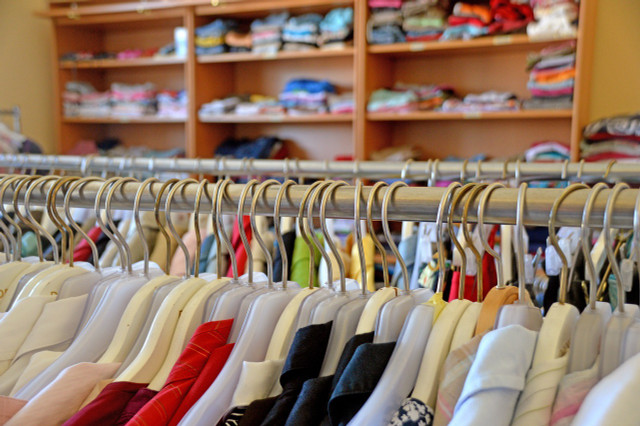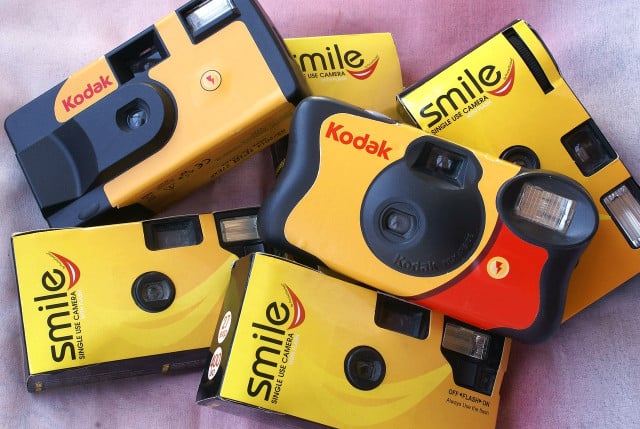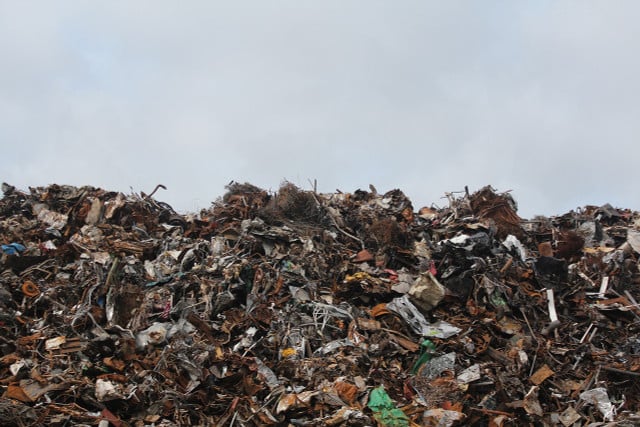Planned obsolescence is how companies trick you into buying new products over and over again. Here are the worst examples of planned obsolescence and how it affects the planet.
Planned obsolescence examples can include a phone in good condition that suddenly stops working or a laptop displaying bugs and errors out of the blue. The concept of planned obsolescence has been around for decades. It originated in the US motor industry when the practice of launching a new car model every year became popular.
Essentially, planned obsolescence refers to when companies design products and machines to go out of date within a specific period. The definition of planned obsolescence should also consider companies intentionally selling products that the average conscious consumer is unable to maintain or repair on their own.
The goal is for consumers to reach for the newest model available, boosting demand and keeping sales stable. Unfortunately, this behavior negatively impacts the climate and consumer behavior.
Here are some common examples of planned obsolescence.
Interested in learning more? Read our popular article, Consumerism: 12 Examples and How They Affect Life on Earth
1. Example of Planned Obsolescence: Your Favorite Electronics

While many electronic devices can technically be repaired, many companies make it impossible for customers to maintain or repair their own devices. Replacement parts are frequently unavailable or overly expensive, leaving the consumer with no choice but to buy a new device.
One example of planned obsolescence is pentalobe screws — five-pointed flower-shaped screws made incompatible with regular screwdrivers to prevent easy removal with consumer tools. They are often used for phone displays. Likewise, irreplaceable batteries with short lifetimes are also standard — as with several notable smartphone brands. This is probably the most common form of planned obsolescence.
2. Planned Obsolescence Examples in the Toy Industry



Contrived durability is a strategy of artificially shortening a product’s lifespan and is considered a type of planned obsolescence. This strategy is most apparent regarding products specifically designed for children. For example, toys are often produced with cheap materials such as plastic or soft metal to wear down more quickly.
Avoid this issue by supplying the little ones in your life with eco-friendly toys for kids.
3. Fast Fashion and Short-lived Trends



The fast fashion industry promotes constant reboots of seasonal collections to drive consumption. Cheap, poorly made clothes are great examples of planned obsolescence in day-to-day life. Conventional manufacturers constantly release new styles and design clothes to be trendy for a single season. It’s easy to become a victim of this fashion cycle, as the process of wanting new things over and over again often happens unconsciously. We call this perceived obsolescence.
For more information about this issue and how to escape it, check out 3 Questions to Ask Yourself When Buying Fast Fashion and these 7 slow fashion brands redefining sustainable style.
4. Denying System Updates



Another way companies trick consumers into buying new products is by making software updates incompatible with older versions of phones, computers or tablets. Such systemic obsolescence often occurs when a consumer usually purchases a certain brand and sees purchasing the new version as their only option to keep up with system features and updates.
As with most of our planned obsolescence examples, this one is tricky; many companies release numerous system updates and new products annually, adding pressure for consumers to constantly buy buy buy.
Also interesting: 14 Hidden Ways Technology Addiction Affects Your Life and How a Digital Detox Can Cure Your Technology Addiction.
5. Single-use Items Can Be Examples of Planned Obsolescence



Some products inevitably become obsolete after a short time. Planned obsolescence examples in day-to-day life include disposable cameras, cutlery, shopping bags, water bottles and take-out containers.
But it can also occur in more discrete ways. In the medical sector, some devices are labeled single-use when they could safely be reused if they were reprocessed. Reprocessing involves specific cleaning and testing procedures to ensure products and machinery are at the same quality level as the original devices.
The Negative Impact on the Environment and the Consumer



What’s so bad about planned obsolescence? The main issue is that it promotes a wasteful culture, contributing to the overexploitation of resources. Considering the steps society must take to prevent climate change, this type of waste should be in the rearview mirror.
Overconsumption and consumerism
Constant exposure to new products and unrepairable older items means many of us constantly want new, better versions of things we already have. This materialistic approach makes us unhappy in the long run, as keeping up with new trends can be exhausting, stressful and expensive. It is also strongly tied to the perception of social and economic status.
Electronic waste and its impact on the environment
Planned obsolescence contributes to a lot of waste. Electronic waste, in particular, can be highly damaging to the environment. An excellent example in the US is smartphone waste. Approximately 80 percent of Americans own a smartphone with an average lifespan of two years. After two years, most people buy a newer version, and the old smartphone gets tossed in the trash — ending up in landfills.
Note: here are some sustainable ideas for what to do with an old phone.
While landfills are necessary to a certain extent, they come with disadvantages. They destroy natural habitats, produce methane and carbon dioxide and can create smog. They’re just one of the ways human activities contribute to air pollution. This harms the environment and the health of those living nearby.
How to Fight Planned Obsolescence



It’s easy to fall prey to these examples of planned obsolescence, but being aware of its downsides can motivate you to pay attention and avoid it. Here are some tips to guide you.
- Shop mindfully and rethink your choices. Conscious consumerism saves time and money. Before purchasing a new product, ask yourself: Do I even need this? What benefits will I gain from this particular product? Consider whether you don’t already have something at home that can be repurposed to suit your needs. For example, when a recipe calls for a cheesecloth, our 10 cheesecloth alternatives you might already have at home can save you from a pointless purchase.
- Research the product’s lifetime. Look into statistics and reviews. If it’s obvious a product has a short lifetime, you might want to look for an alternative model or brand with better durability. In a circular economy, products are designed to be reusable and durable. Here are six examples of circular economy and their impact.
- Choose ethical and sustainable brands whenever possible. Find out what greenwashing is and whether you are supporting it. Look for companies that are transparent with their production processes, materials and the sustainability of their products. Companies can also guide you on the proper recycling process. Buying isn’t necessarily bad if you invest in ethical and environmentally friendly products, which can use fewer resources than short-lived products. Get started with some of our guides:
- See if your product can be repaired. As we explained with the planned obsolescence examples above, some companies make their products difficult to repair. It is often possible to fix something, so consider your options before buying something new. Trends like visible mending for clothes or the Japanese art of Kintsugi (explained in our article about gluing porcelain) can introduce you to the fun of repairing or upcycling your stuff. For example, learning how to darn your socks is easy and keeps money out of big corporations’ pockets.
- Shop secondhand. Find local secondhand stores, and check out these 6 great places to buy and sell secondhand clothes online. Besides the fashion industry, there are stores for secondhand electronic devices, books and household appliances. This can be a great way of acquiring products of good quality while saving money and taking a stance against fast fashion and overconsumption.
By knowing where planned obsolescence examples can pop up, you can spend less money and do your part to protect the environment.
Read more:
- How to Find Reclaimed, Recycled & Salvaged Building Materials: 10 Resources
- Techlash: A Democratic Move or a Threat to Sustainable Growth?
- Minimalist Gifts: 28 Ideas That Don’t Add to the Clutter
Do you like this post?










